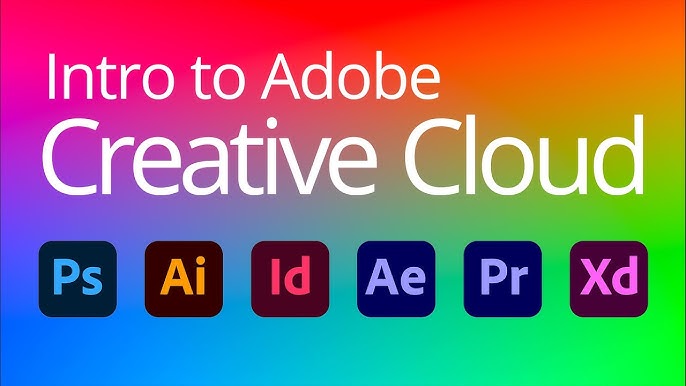Lead generation is the lifeblood of any business, serving as the first step in the sales funnel. In 2025, the landscape of lead generation has evolved significantly, driven by advancements in technology and shifts in consumer behavior. This comprehensive guide delves into the most effective lead generation strategies, tools, and best practices that businesses can implement to attract, engage, and convert leads into loyal customers.
Top Lead Generation Strategies for 2025
Content Marketing with Personalization
In 2025, personalized content marketing has become a cornerstone of effective lead generation. By leveraging data insights, businesses can tailor content to meet the specific needs, preferences, and behaviors of their target audience. This approach not only enhances user engagement but also builds trust and credibility.
Key Tactics:
- Segmentation: Divide your audience into segments based on demographics, behavior, and preferences.
- Tailored Content: Create blog posts, eBooks, and case studies that address the unique challenges and interests of each segment.
- Dynamic Landing Pages: Develop landing pages that adapt content based on the visitor’s profile or behavior.
AI-Powered Chatbots and Conversational Marketing
AI-powered chatbots have revolutionized lead generation by providing instant responses to visitor inquiries, qualifying leads in real-time, and guiding them through the sales funnel. These tools ensure 24/7 engagement and can significantly improve conversion rates.
Benefits:
- Instant Engagement: Respond to visitor queries immediately, reducing bounce rates.
- Lead Qualification: Ask qualifying questions to determine the prospect’s readiness to purchase.
- Data Collection: Gather valuable information about leads for future nurturing efforts.
Interactive Content and Gamification
Interactive content such as quizzes, polls, and calculators not only engage users but also provide valuable insights into their preferences and needs. Incorporating gamification elements like rewards and leaderboards can further enhance user participation and data collection.
Examples:
- Quizzes: “Which product is right for you?” assessments.
- Calculators: Cost savings estimators or ROI calculators.
- Polls: Industry trend surveys or feedback forms.
Video Marketing
Video continues to be a dominant form of content, with businesses using it to showcase products, share customer testimonials, and provide educational content. Incorporating video into landing pages and email campaigns can significantly increase engagement and conversion rates.
Best Practices:
- Short and Engaging: Keep videos concise and focused on key messages.
- Clear Call-to-Action: Encourage viewers to take the next step, whether it’s signing up, downloading a resource, or making a purchase.
- SEO Optimization: Use relevant keywords in video titles, descriptions, and tags to improve searchability.
Influencer and Co-Marketing Partnerships
Collaborating with influencers and other businesses in your industry can expand your reach and credibility. Influencers can introduce your brand to their audience, while co-marketing partnerships allow you to share resources and access each other’s customer base.
Strategies:
- Influencer Collaborations: Partner with influencers to create authentic content that resonates with their followers.
- Co-Branded Campaigns: Develop joint marketing campaigns that leverage both brands’ strengths and audiences.
Referral Programs
Referral programs incentivize existing customers to recommend your products or services to others. This strategy leverages the trust and satisfaction of your current customer base to generate new leads.
Implementation Tips:
- Incentives: Offer rewards such as discounts, freebies, or exclusive access to services.
- Ease of Use: Make the referral process simple and straightforward for customers.
- Promotion: Promote the referral program through email campaigns, social media, and on your website.
Webinars and Virtual Events
Hosting webinars and virtual events allows you to showcase your expertise, engage with your audience in real-time, and collect valuable lead information. These events can be particularly effective for B2B businesses looking to build authority and trust.Perspective
Best Practices:
- Relevant Topics: Choose topics that address the pain points and interests of your target audience.
- Interactive Elements: Incorporate Q&A sessions, polls, and discussions to engage participants.
- Follow-Up: Send follow-up emails with additional resources and calls-to-action to nurture leads.


